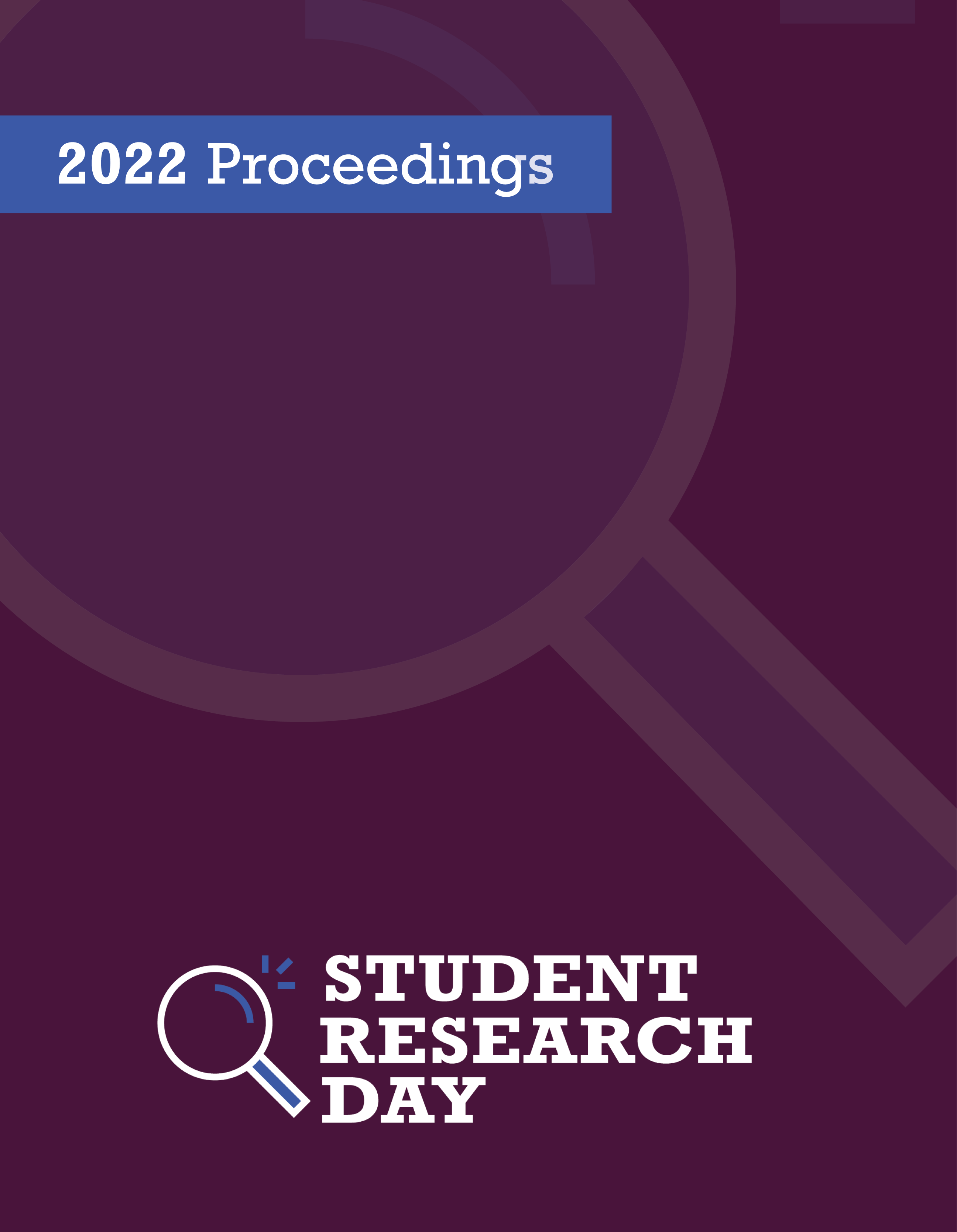Assessment and Recovery of Reaching Functions in Patients with Cerebellar Stroke
Abstract
The cerebellum plays an important role in the coordination and timing of limb movements. The present study focused on how reach kinematics are affected by cerebellar lesions to quantify both the presence of motor impairment and recovery of motor function over time. To examine this, 13 patients with isolated cerebellar stroke completed a visually guided reaching (VGR) task using the KINARM exoskeleton, as well as clinical measures of cognitive and motor function.
Participants completed all measures at baseline, as well as 6, 12, and 24-weeks post-stroke. Our findings indicated that the only clinical measures to demonstrate impairment in our patient group were the Purdue Pegboard Task (PPT) and the MOCA. In addition, impairment was detected across several movement parameters of the VGR task that indexed both feed-forward and feedback control. Voxel-based lesion symptom mapping analyses conducted in right cerebellar patients (n = 10) showed that damage to the right cerebellar tonsil and uvula were associated with impaired performance on the PPT and overall performance in the VGR task, respectively. In most cases, the impairments on the VGR task and the PPT had largely recovered by 24 weeks post-stroke. Notably, PPT performance with the right arm predicted 33% of the variance in overall KINARM performance. These data indicate that objective kinematic measures of motor function provide a more complete picture of overall impairment than clinical measures alone. These additional kinematic data could be helpful in monitoring the assessment and recovery of motor function in patients with cerebellar stroke. Keywords: cerebellar stroke, limb ataxia, motor function, reaching, lesion mapping.
Department: Psychology
Faculty Mentor: Dr. Christopher Striemer
Published
Issue
Section
License
Authors retain any and all existing copyright to works contributed to these proceedings.



